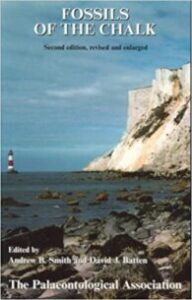There are several good books on the fossils of the Gault Clay and, by extension, Folkestone. However, this little guide has an advantage over the others that I have looked at.
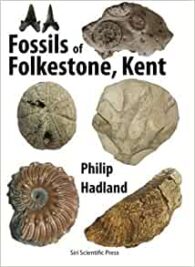

There are several good books on the fossils of the Gault Clay and, by extension, Folkestone. However, this little guide has an advantage over the others that I have looked at.

Fossils of the Oxford Clay was the fourth published guide by PalAss and covers the eponymous Jurassic Oxford Clay, which has been the major source of brick clay in the UK, notwithstanding the closures of clay pits in the Peterborough area over the years since this was published.
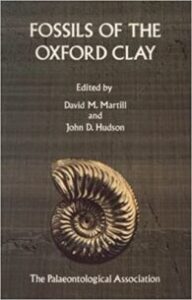
I have a soft spot for PalAss guides and have reviewed several in the past. As a collector myself, the amount of information about the relevant fossils is second to none, with black and white photos and descriptions of virtually everything the amateur or professional palaeontologist might need.

Just a couple of days before the Covid-19 lockdown, I was with friends at Tidmoor Point collecting wonderful pyrite ammonites from the Oxford Clay with this excellent guide to the South Dorset Coast. The South Dorset Coast runs from the West Fleet (of Chesil Beach fame) to and including the Isle of Portland.
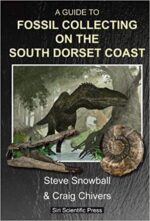
Like others in the series, Fossils of the Gault Clay has the usual excellent black and white photographs of beautifully prepared specimens. Each chapter is authored by a specialist in the relevant subject, containing an introduction, followed by detailed systematic descriptions of each specimen.
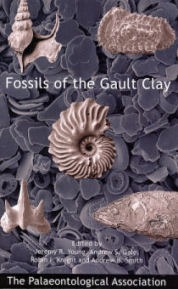
If you, like me, spend much of your palaeontological time collecting Jurassic and Cretaceous fossil cephalopods (ammonites, belemnites, nautiluses and the), you will be delighted at the number of books being published about this fascinating group of animals.
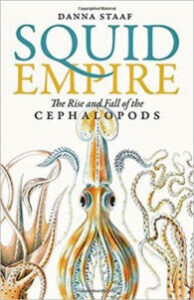
This newly published guide is another near-perfect fossil book from Siri Scientific Press, who are rapidly becoming my favourite publisher of esoteric palaeontology. This one is perhaps less arcane, as it deals with an area of Britain that has been extensively covered by various authors with varying degrees of success.
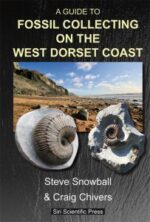
Fossil Hunting along the Jurassic Coast is presented by Dr Colin Dawes, a well-known, fossil hunting guide in the world-famous palaeontological site of Lyme Regis.
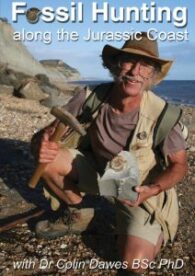
This is a guide to the collection, preservation and display of fossils from more than 50 locations in the UK. It is unashamedly based on the UK fossils format, but obviously, rather than being an online resource, it is a pocket sized book to be taken and read on site.
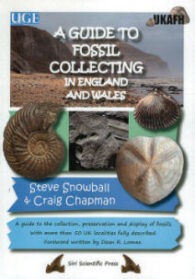
I suppose it was the Gault of Copt Point in Folkestone that really got me back into fossil collecting. As I pointed out in my review of ‘London Clay Fossils of Kent and Essex’, everyone of the small number of books published by the Medway Fossil and Mineral Society are without exception, wonderful. This is no exception.
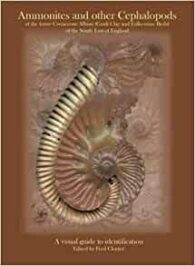
The fossil bearing rocks of the British Isles contain the remains of life from the last 2,900Ma and the UK is seen by many as the cradle of modern geology. With this is mind and using a geological map of Britain, palaeontologist Peter Doyle offers a comprehensive guide to UK fossils.
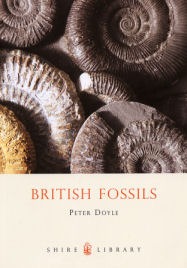
I always wait expectantly for the publication of a new Palaeontological Association guide to fossils and, when they turn up, I am never disappointed. This is undoubtedly another triumph. This guide attempts to bring the diversity of its flora and fauna together in a single work, for the first time.
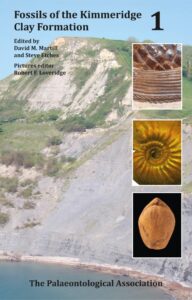
This is a lovely little book – the sort I would want to write. It is beautifully illustrated and well researched, with more than 200 glossy photographs and always interesting comments on the subject matters it touches upon. In short, it is a delight.

In recent years, there has been a lot written on the fossils of the UK Chalk. However, this guide was the first and is still probably the best for identifying and learning about the fossils that can be found in the chalk cliffs and pits of the UK.
